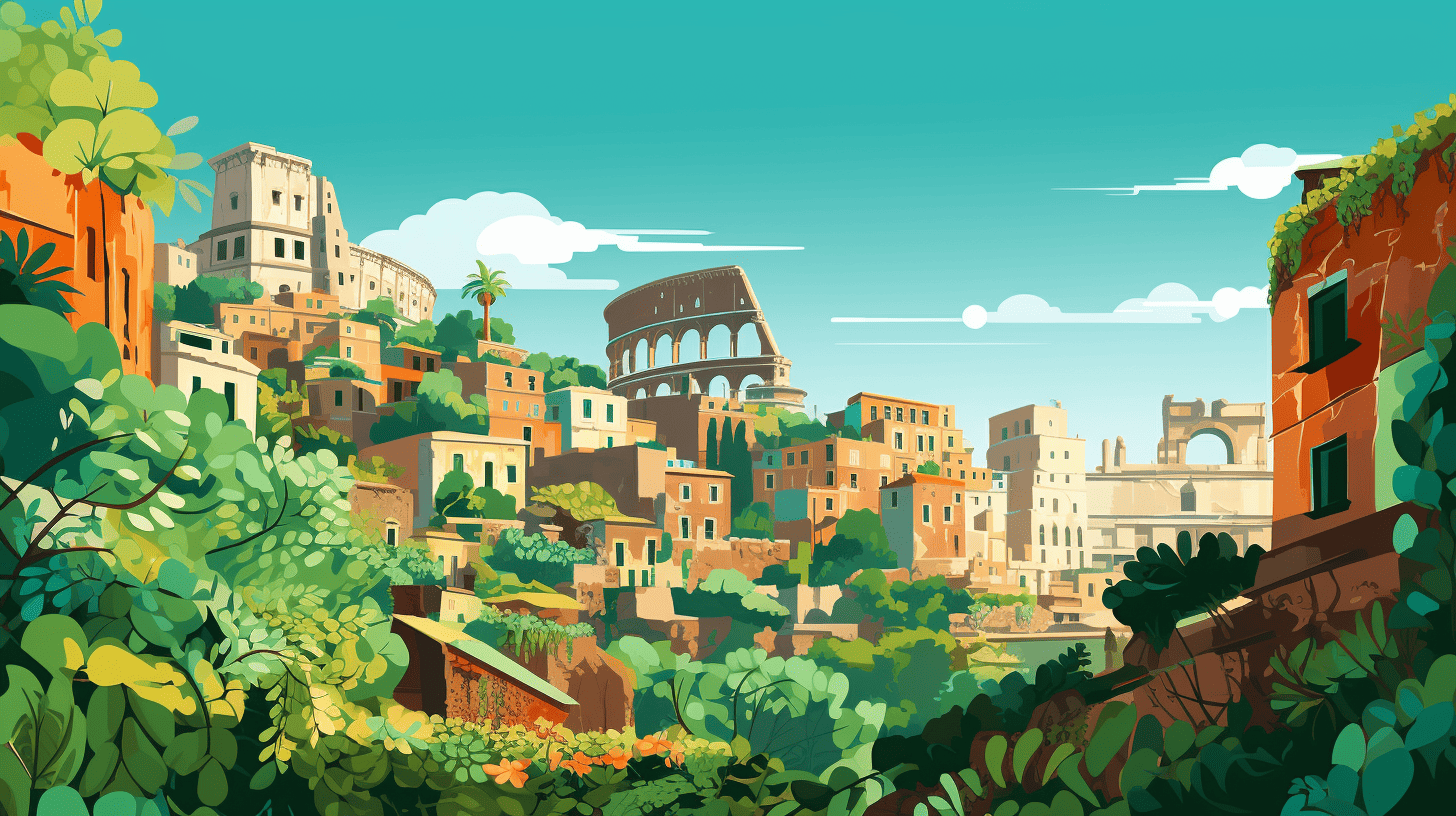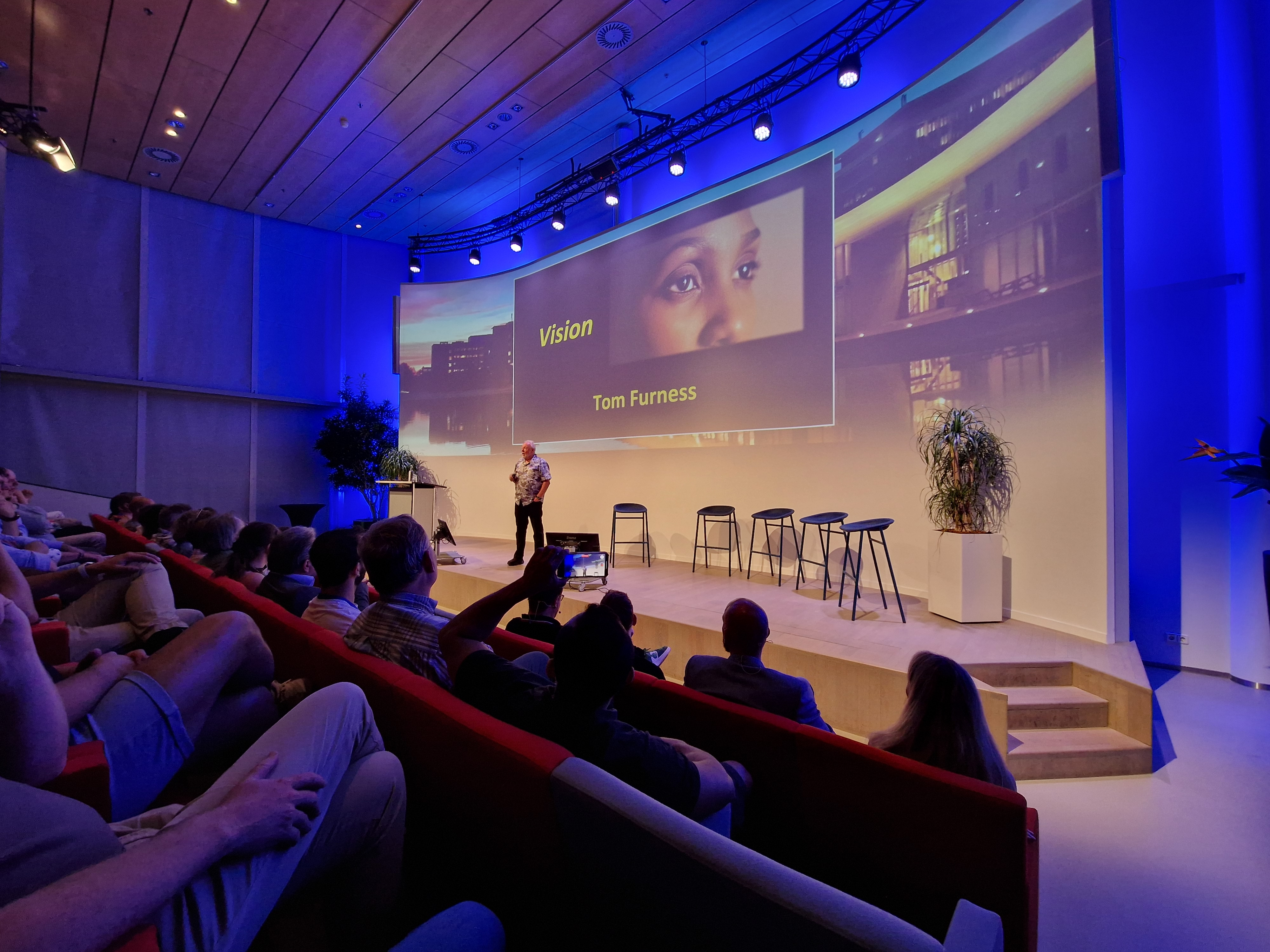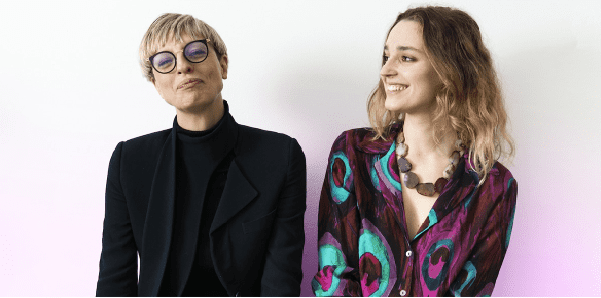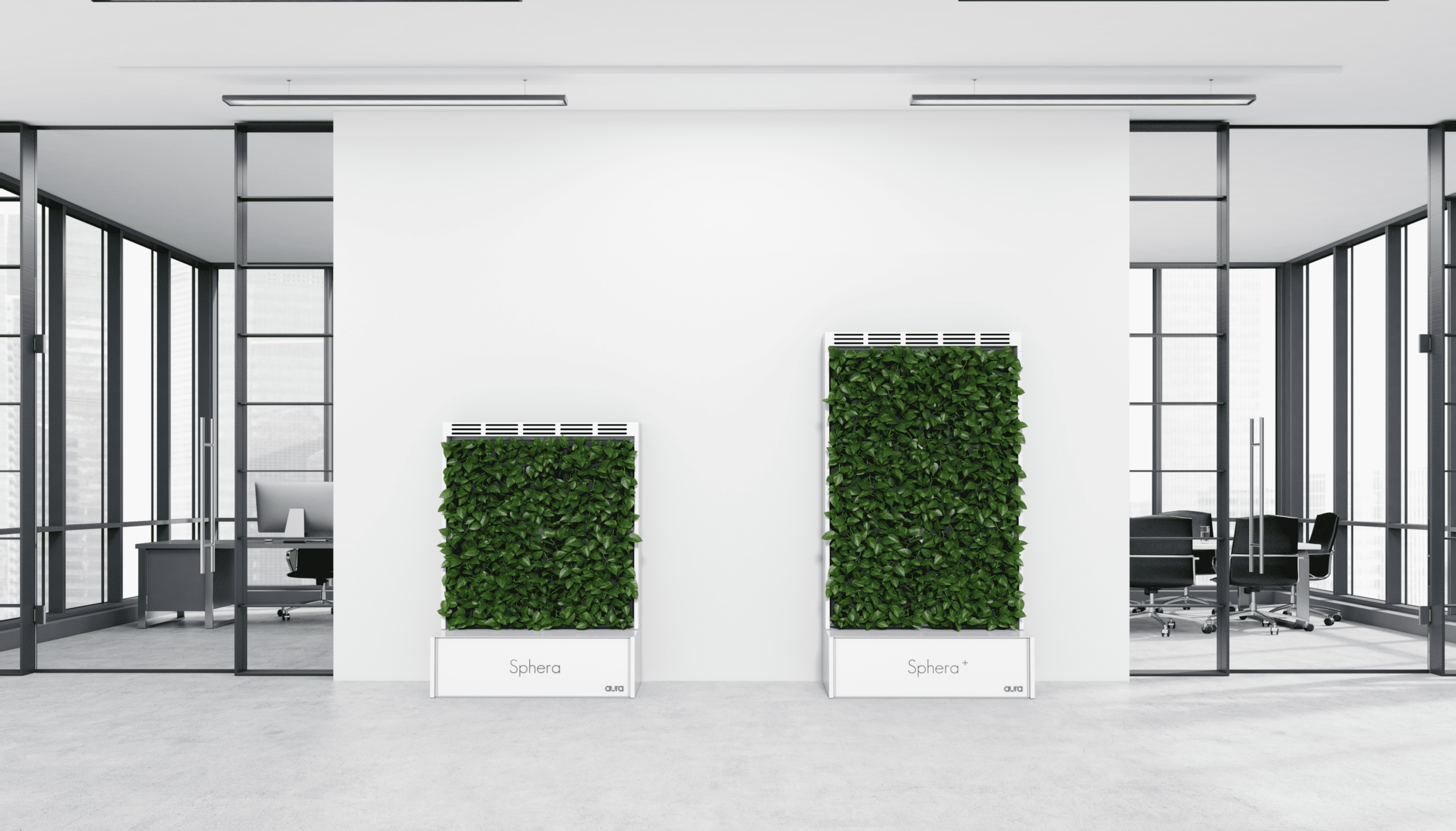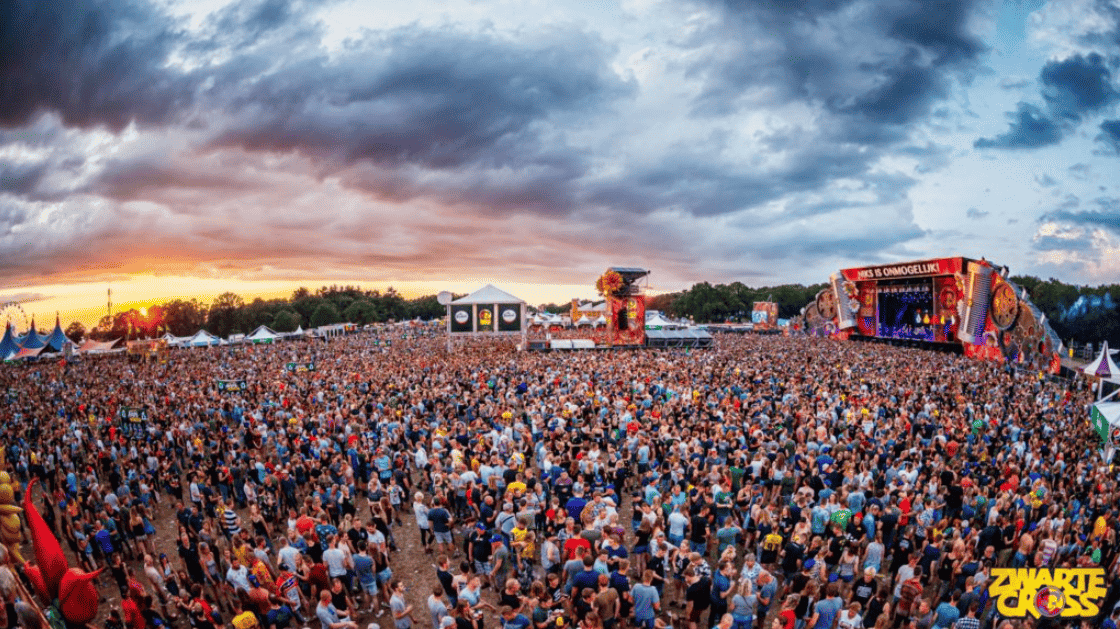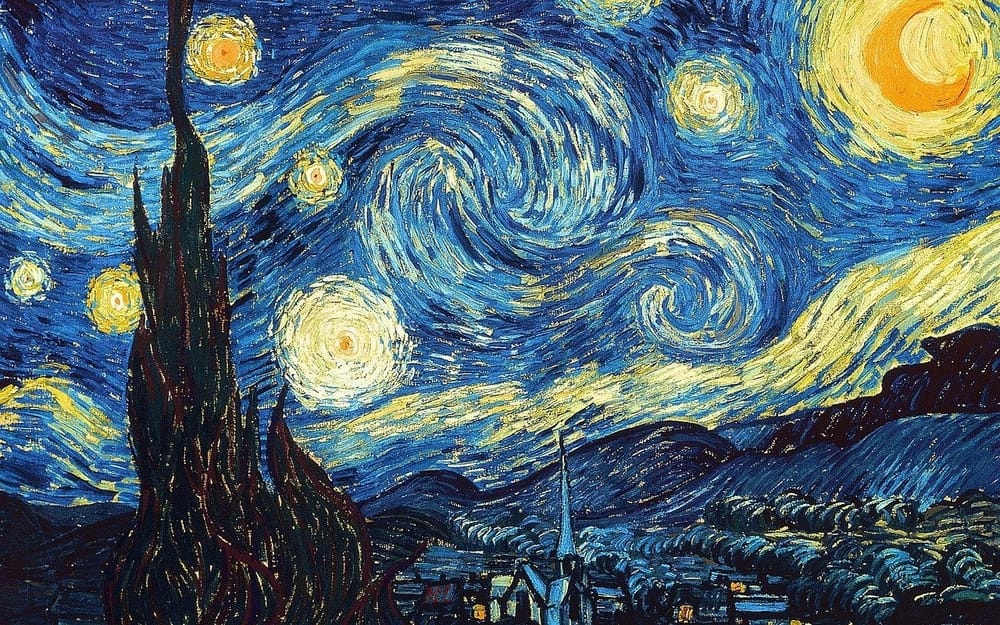
Beauty in its highest form is often called ‘sublime.’ Everyone has one of those ‘wow’ moments when standing over the Grand Canyon, for example. This has been true throughout the ages. Edmund Burke defined ‘sublime art’ in the mid-eighteenth century as art that has a greatness beyond all possible calculation, measurement or imitation.
The question is whether nature is more intense than art that depicts nature.
What this boils down to is the conundrum: Does reality or the artful depiction of reality offer more in the way of ‘wows’? Is nature more intense? Does it instil more fear (for example, during a storm) than art that depicts (sometimes threatening) nature?
Virtual reality
Researchers at the Università Cattolica del Sacro Cuore in Milan, Italy, and two other European institutions, wanted to know if that debate that generations of artists and art lovers have had is also useful in the here and now. To do this, they compared the emotional responses of 50 people who took part in a virtual reality trial.
While wearing (360-degree) VR glasses, participants were shown two performances. One was a virtual reimagining of Vincent van Gogh’s “Starry Night,” similar to the one shown in this video:
The other screening was a modern-day realistic film of the exact same location in Provence as depicted in Van Gogh’s 1889 painting.
Simulated environments
Statistical analysis of the participants’ responses revealed that both virtual reality videos triggered those feelings of sublimity with a comparable intensity. However, they were different where deeper dimensions of sublimity were concerned. For example, the ‘nature video’ evoked a greater perception of existential danger.
The results of this first study with virtual reality is that certain features from the virtual reality representation of the artwork do benefit the well-being of people. That is because the sublime (that ‘wow’ feeling) is good for the spirit. “It can provide guidelines for the design of simulated environments that benefit experiential medicine, as I like to call it,” says Alice Chirico, the study’s lead author. “By exposing people to environmental scenarios that have certain features. To, for example, an environment that is exceptionally spacious and in which the color green predominates, without throwing the range of colors out of balance.”
You can also read about how virtual impressions can actually be made tangible here.



